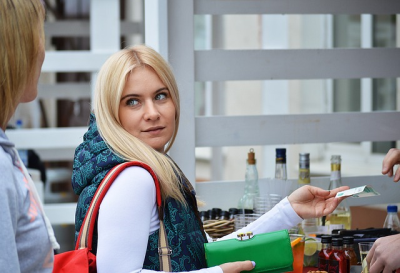10 Expert Advice Tips For Designing The Perfect Packaging
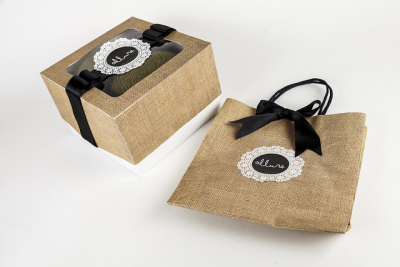
If you come up with a new product concept this year; you’ll have to work hard to bring the item to the market. That might involve conducting a lot of consumer research, testing the design, and making improvements.
You might also have to pay to obtain licenses and other forms of legal protection. However, the last thing you need to think about when launching a new item is the packaging.
If you don’t develop a design that is going to stand the test of time and attract lots of buyers, there is a decent chance that your product will never reach its full potential.
With that in mind, there is some advice below that should come in handy. Take a read through the information, and then apply it when the time comes to design your packaging.
#1 Make it Recyclable
There is a push at the moment in the business world towards eco-friendly methods and techniques. Pretty soon, there is a decent chance that some companies will have to pay extra taxes if their packaging is not recyclable.
Considering that, it’s vital that you think long and hard about the materials you use. For instance, lots of items come in cardboard boxes these days, and that helps to protect the planet.
The buyer just has to put the box into the correct bin, and the cardboard will get used time and time again. There are packaging firms out there with a huge inventory of tins, glass bottles, and cardboard boxes.
So, you just need to search Google for the best brands and then get in touch to discuss your requirements.
#2 Ensure it’s Product-Friendly
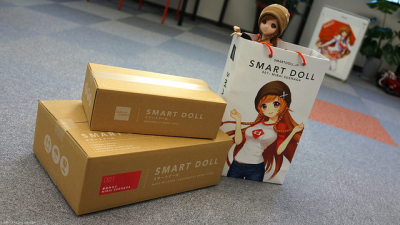
The last thing you need is packaging that does not keep your product safe and secure. You have to remember that some of your items might travel around the world before reaching their destination.
That means there is a reasonable chance those items will encounter some vibrations and disturbances in transit. If you’re transporting something fragile, make sure you print that on the packaging!
Otherwise, you might face a situation where you get a lot of returns and complaints from customers. The best strategy is to test your packaging by placing a product inside and then dropping it on the floor. Just remember that you can use styrofoam and similar materials to fix the item in place.
#3 Use Striking Graphics
Your product is probably going to sit on shelves in a busy store surrounded by many other items from competing brands.
For that reason, it’s essential that you work hard to ensure your piece stands out from the crowd. You can do that by using stunning graphics and imagery on your packaging boxes.
Use color as much as possible, and do everything within your power to ensure consumers can’t walk past without the packaging catching their eyes.
If you don’t have any experience in that area, there are lots of professional packaging designers out there that you could employ. There are even some freelancers you could hire if you visit the correct websites.
Pay for around five different designs, and then ask the public what they think. You can then merge some of the concepts to create your final piece.
#4 Incorporate Your Branding
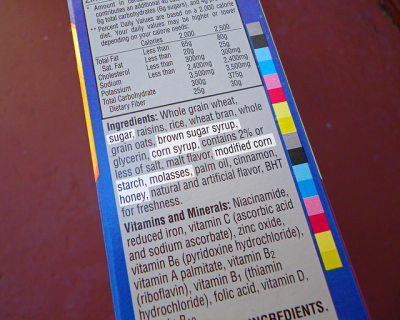
Whatever happens; you must not forget to incorporate your company’s branding themes into the packaging concept. That could mean using the same base colors you select for your website and promotional materials.
Also, there is no getting away from the fact that you’ll need to add a significant logo for the best outcomes. Again, you just need to mention all of that to your design team before they begin working on the idea.
The goal is to ensure that consumers become familiar with your brand. That should mean they start to recognize your logo every time they encounter it, and that will increase your sales and profits over the course of each year. If you need a new logo; you just need to speak to those designers again.
#5 Add Detailed Information
There isn’t usually much space on product packaging for detailed information. However, there are many instances in which you are legally obliged to include lots of details.
For example, those who plan to release new food products will have to write about the ingredients and additives on the back of their packaging.
Those launching other items might have to include safety warnings and a plethora of other info. You should ask your legal team to research that concept as much as possible, so you don’t get into trouble.
Also, ensure the text is small but easy to read without a magnifying glass. That way, most consumers won’t bother to take a look at what the information says.
#6 Keep the Front Simple
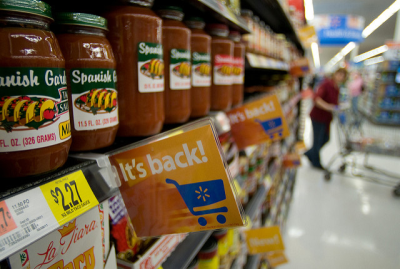
Take a moment to think about some of the most iconic product packaging designs you’ve ever encountered. Notice something similar about all of them?
That’s right guys; those successful products used a straightforward design that was simple and easy to understand. You need to follow suit if you want to achieve your goals and sell thousands of units around the world.
Make sure your design team knows that they only need to place your logo and an image on the front of the packaging in most instances.
Substantial blocks of color will always make the product look appealing, and it should ensure the item catches the eye of passers-by. Don’t overcomplicate things because most consumers are somewhat lazy when walking around their local stores. You need to make life easy for them.
#7 Follow Market Trends
Sometimes it’s sensible to take a look at your competition when designing product packaging. You never know when you might notice an industry trend on which you can capitalize.
For instance, maybe your rivals all sell items in packaging that contains a see-through plastic front? You could jump on the bandwagon and ensure your product fits well on the shelves next to those pieces.
Some entrepreneurs might also think about adding competitions and contests to their packaging design. That is especially useful in the summer when other brands follow the same strategy. When all’s said and done, consumers love the idea that they might get something for free.
#8 Include Some Humor
Nothing is wrong with adding a little humor to your product packaging design if you can think of something funny to say. It doesn’t have to be the best joke in the world, but there is no harm in making consumers smile or laugh.
Let’s presume for a moment that you plan to release a new cake product on the market. You could use a funny slogan that goes something like “The best cake in the world…probably.” While that isn’t going to make anyone roll in the isles, it should ensure they remember your item and brand much faster than they otherwise would have done.
You get the idea, right? If you struggle when it comes to creating the best slogan, there are lots of professional freelance writers you could employ. You just need to revisit those freelance sites.
#9 Add Contact Information
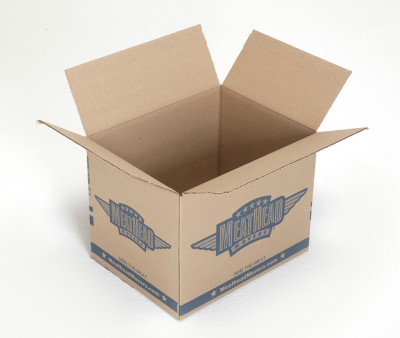
There are a couple of reasons why you need to include contact information on the back of your product packaging.
Firstly, it will let consumers know who to call if they have any complaints, issues, or comments. You never know when a store will sell a faulty item, and your company might have to deal with the backlash.
Secondly, the contact information will show the consumer that you’re a reputable brand they can trust. You never know when someone might choose to get in touch to place a bulk order, and shop owners around the world will find it much easier to send you a letter if they see your address on the back of your product packaging.
#10 Think About Packaging Shape
If you want your product to stand out from the crowd; you might think about creating packaging in an unusual shape. That could help consumers to differentiate your item from ones on offer from other brands.
Perhaps you could wrap a circular product in a square box? Maybe you could do the opposite? All the final decisions are down to you, and sometimes it’s wise to think outside of the box. So, become innovative in your approach and don’t rule out any ideas until you’ve at least tested them out. Just make sure that your packaging will sit safely on a flat shelf. That is the only criteria.
After reading that expert advice; you should now have a better idea of what you need to consider when developing your product packaging this summer.
While there aren’t any rules you need to follow, it’s still sensible to take some of the advice from this article and implement it as much as possible.
Of course, you know your business better than anyone else, and so you should always take control of the process, even if you choose to employ graphic designers and freelancers. Just make sure you listen to their suggestions and consider them thoroughly before making your final decisions.





